What Are Phonological Processes?
Phonological processes are patterns of sound replacements that children use to simplify their speech. When a child is young, he hears the speech sounds of the language used around him, but he can’t yet produce all of them. Children don’t sound like adults when they speak. Speaking with all of the sounds of an adult is too overwhelming to a young child’s brain. To overcome this, the child’s brain creates rules to simplify speech sounds and make words easier to say. These rules are called phonological processes.
For example, sounds produced in the back of the mouth (like /k/ and /g/) are difficult for young children to say. Many children simply this by creating a rule (phonological process) that says “If a sound is produced in the back of the mouth, I will change it to be produced in the front of the mouth (where it’s easier).” Therefore, /k/ becomes /t/ and /g/ becomes /d/. This is why it’s common for young children to say “titty tat” instead of “kitty cat”.
Keep in mind that these rules are out of the control of the child. He is not choosing to drop all consonants off the ends of words or change sounds around. His brain is doing it for him and he is probably not even aware that he’s doing it.
If a child speaks with a lot of different phonological processes, or if they are very hard to understand, The Cycles Approach to Phonology is a great therapy method that will provide some structure to your sessions.
Phonological Process Examples:
All children use some phonological processes when they are younger. This a very normal part of learning to speak. Here are some example of typical phonological processes:
- Cluster Reduction (pot for spot)
- Reduplication (wawa for water)
- Weak Syllable Deletion (nana for banana)
- Final Consonant Deletion (ca for cat)
- Velar Fronting (/t/ for /k/ and /d/ for /g/)
- Stopping (replacing long sounds like /s/ with short sounds like /t/)
- Assimilation (changing consonants in a word to be more like other consonants in the word, like gog for dog)
Types of Phonological Processes by Age:
We expect children to use certain phonological processes at certain ages. When children do not grow out of using phonological processes or are using them longer than is expected, they are considered to be a problem. Most children stop using these processes without any teaching or coaching. However, some children require speech therapy to learn not to use them. Here are some ages for when common phonological processes should stop being used:
Phonological Process ~ Likely Age of Elimination
Velar assimilation ~ 3 years
Nasal assimilation ~ 3 years
Final Consonant Deletion ~ 3 years
Stopping of Fricatives
/f/, /s/ ~ 3 years
/z/, /v/ ~ 4 years
“sh”, “ch”, “j”, “th” ~ 5 years
Weak Syllable Deletion ~ 4 years
Deaffrication (sh for ch) ~ 4 years
Velar Fronting ~ 4 years
Cluster Reduction
without /s/ ~ 4 years
with /s/ ~ 5 years
Gliding of Liquids (/l/ and /r/) ~ 6-7 years
Source: American Speech-Language Hearing Association: https://www.asha.org/practice-portal/clinical-topics/articulation-and-phonology/selected-phonological-processes/
What are Atypical Phonological Processes?
As I mentioned before, all children use some phonological processes in their speech. These are considered natural or normal phonological processes. However, in children with phonological disorders, we sometimes see other phonological processes being used that are atypical or abnormal. We call these atypical phonological processes or idiosyncratic phonological processes. These are different from the ones we see in typically-developing children. These can be red flags that there may be something wrong with the child’s phonological system. Children who use these processes should be checked out by a speech-language pathologist.
Examples of Atypical Phonological Processes:
- Initial Consonant Deletion (og for dog)
- Backing (moving front sounds like /t/ and /d/ to the back of the mouth like /k/ and /g/)
- Glottal Replacement (ha er for hammer)
- Fricatives Replacing Stops (sop for top)
- Stopping of glides (darn for yarn)
- Vowel Error Patterns
How to Treat Phonological Disorders:
If a child is having trouble with phonological processes in that he is using normal ones beyond when he should or is using atypical processes, we consider that child to have a phonological disorder. To treat this problem, our job is to re-train the child’s brain to overwrite the rule that he/she has created. This is typically done in speech therapy sessions with a licensed speech-language pathologist. Here are the steps for fixing this:
- Listening: First, the child must hear the difference between his errors and the correct production.
- Speaking Words: Next, the child must say the words without using the phonological process.
- Speaking Sentences: Once the child can say the specific words, he must use those words in sentences.
- Structured Conversation: Now, the child must practice not using the process during longer speaking situations, such as answering a question or telling about a past event.
- Carry-Over: Only once you’ve done all of that can you work on helping the child remember to not use the process in every-day speech.
If a child speaks with a lot of different phonological processes, or if they are very hard to understand, The Cycles Approach to Phonology is a great therapy method that will provide some structure to your sessions.
Hide the Penny Game for Phonological Therapy:
Check out this video with a great game you can play using minimal pairs. In this game, you will hide a penny under one of the pictures and help the child hear or speak the difference between the two words (targeting the phonological error that they are exhibiting). Click play below to watch!
Download the Guide for Free:
You can download your own guide to teaching a child a whole class of sounds:
Reference:
Paul, R. (2007). Language disorders from infancy through adolescence: Assessment & intervention. St. Louis: Mosby.
Additional Phonology Resources:
Check out our additional resources for treating phonological processes:

About the Author: Carrie Clark, MA CCC-SLP
Hi, I’m Carrie! I’m a speech-language pathologist from Columbia, Missouri, USA. I’ve worked with children and teenagers of all ages in schools, preschools, and even my own private practice. I love digging through the research on speech and language topics and breaking it down into step-by-step plans for my followers.
Fun Fact: I’m a huge fan of Pat Flynn and the Smart Passive Income podcast. I’ve followed his business advice so much that I even got to be featured on his podcast. Recently, I was reading one of his books called “SuperFans” and I was surprised to find myself mentioned in the book! So cool!
Connect with Me:
Listen to the Podcast Version of this Info Here:
Podcast: Play in new window | Download | Embed
Subscribe: Apple Podcasts | RSS

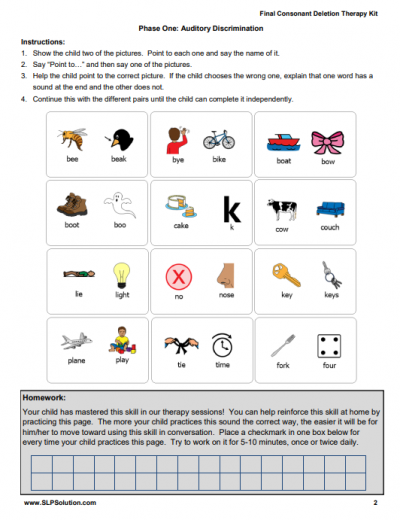
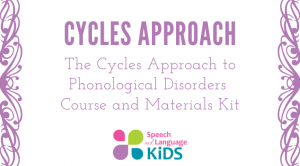
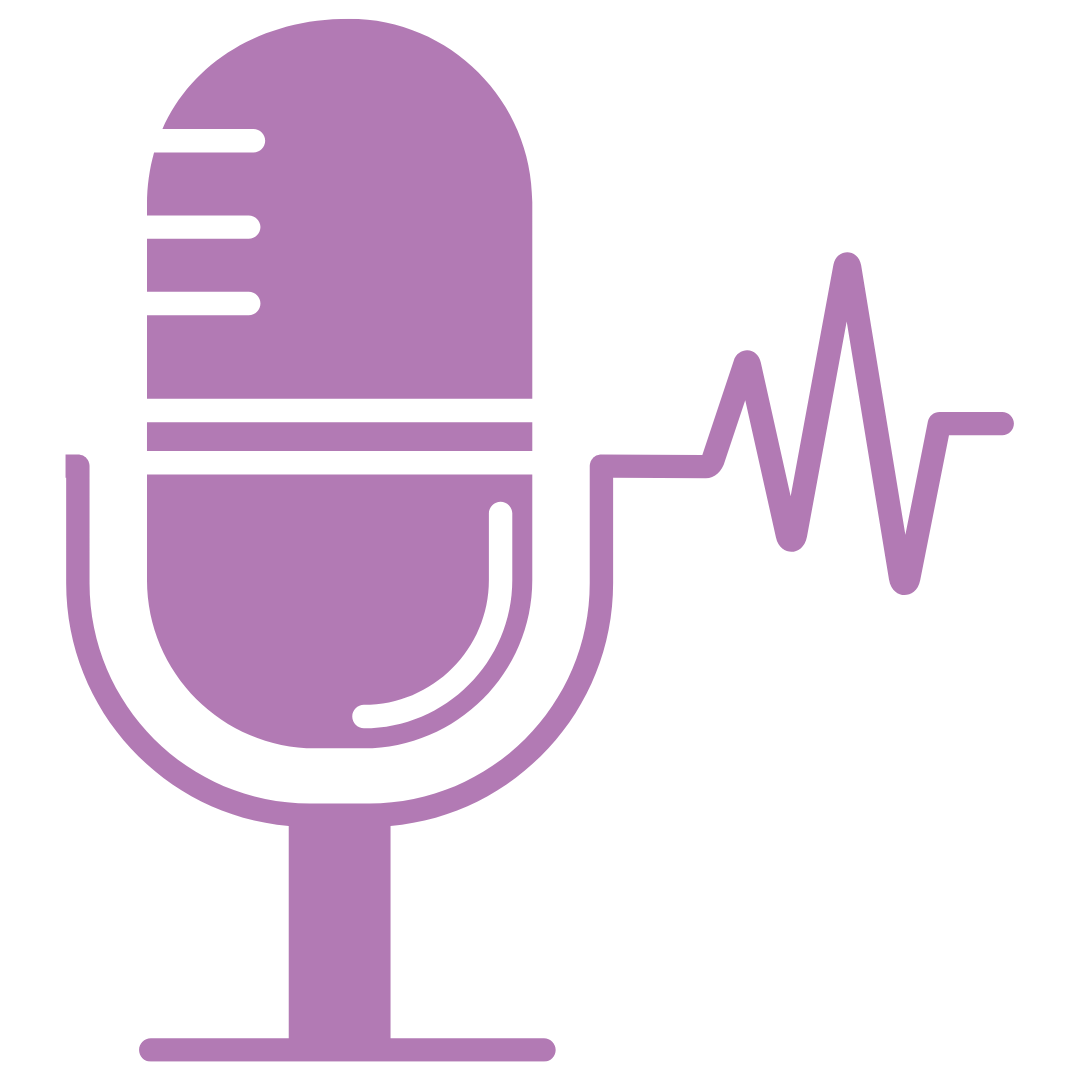


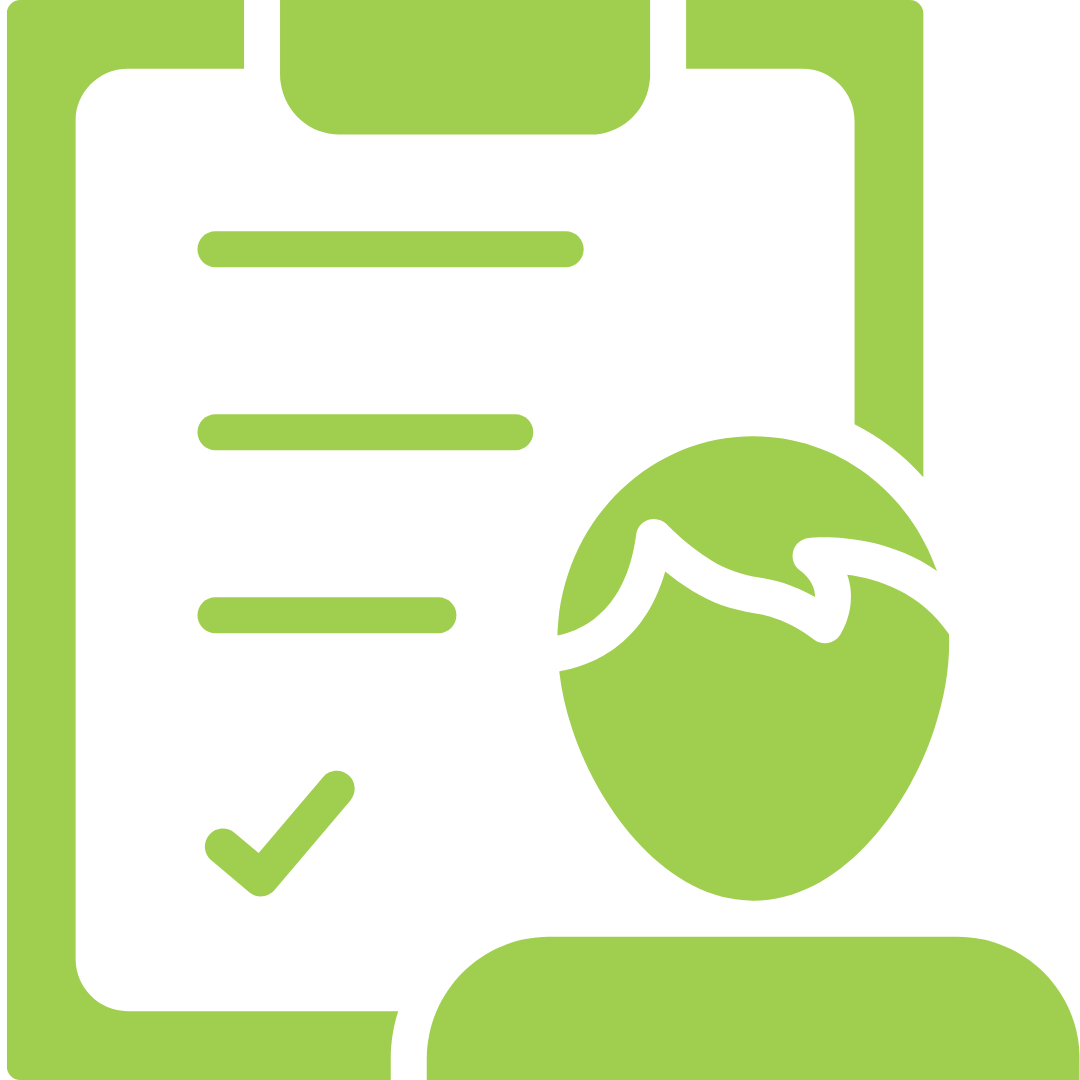
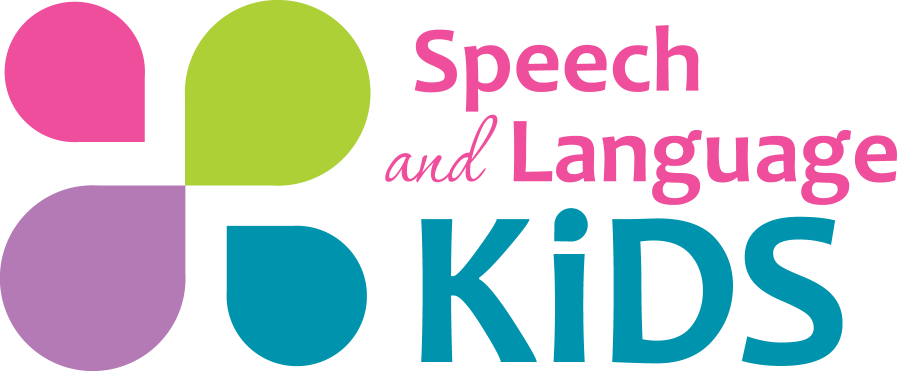
Thank you so much for all the information, materials etc. I know it takes a lot of time to write them. So, zillion thanks for your time and effort!!!!!
Thank you for appreciating it!! I really enjoy getting to create these guides!
Hello Ma’am
Thanks a lot for your explanation, is very clear and easy to understand.
Thank you so much for the wonderful explanation of what phonological processes are and how to treat it. The work you do is amazing!
Thank you so much! I’m glad you enjoyed it!
Comment…thank you so much. what an amazing work!.
Thank you!
Hi! I am unable to download this and am getting error message. Can you help? Thanks!
Hi, Katie-
I just emailed you the requested materials. Please let me know if you don’t receive it.
Very helpful and clear podcast!
Thank you.
It so interesting and educative
Hi! My 2.5 year old son is backing a lot of his “t” and “d” sounds. So is he not considered typical because of this? What could cause this? I’m so worried it means something other than just a little speech delay. He was backing his “s” sounds and replacing all initial consonant ones with “k”, but he has stopped doing that.
Is there information like this for the UK please as la say its different in America but sounds just like my sons
This is some very helpful information! Thank you so much for sharing with us, and I will be sure to incorporate these tips in my upcoming therapy sessions!
Please, stress and intonation phonological processes?
Hello! Thank you so much for reaching out. Unfortunately, we get a ton of questions every day about how to solve specific speech/language problems. Since we have such a small staff, we aren’t able to answer every question that comes through on the website, social media, or via email. If you are a parent, we suggest you reach out to a local speech-language pathologist who can work with your child directly and answer your question.
If you are another speech-language professional, we have created a membership where we pay a full staff to answer questions like this on a regular basis. We would be more than happy to answer your question inside the membership program. We’re able to answer more questions in here because we have a full library of questions that we’ve already answered so our staff can either link you to the answer if it exists, or write you a custom response if needed. We’d love to see you inside the membership!
Click Here to Become a Member: https://www.slpsolution.com/pediatric-signup/
When do we use minimal pairs for children that have 3-6years
Hi, Samah-
I did a quick search on Minimal Pairs on Carrie’s site. Here is the link: https://www.speechandlanguagekids.com/?s=minimal+pairs. Please let me know if you have any further questions.
This really did help me thank you so much
You are more than welcome, Azande! Please let us know if you need anything in the future.
I found the Data Collections Sheets. Thank you so much! There are so many other resources I can use as well.
Hi, Jennifer-Glad you found what you are looking for. Please reach out any time you have a question. We’d be more than happy to assist!
This is an awesome piece it has been of great assistance. Thanks so much,
Loved this post! It’s great to see a comprehensive overview of phonological processes, including examples and therapy strategies. The visual aids really helped to illustrate the concepts and I’ll definitely be referring back to this post for future reference.